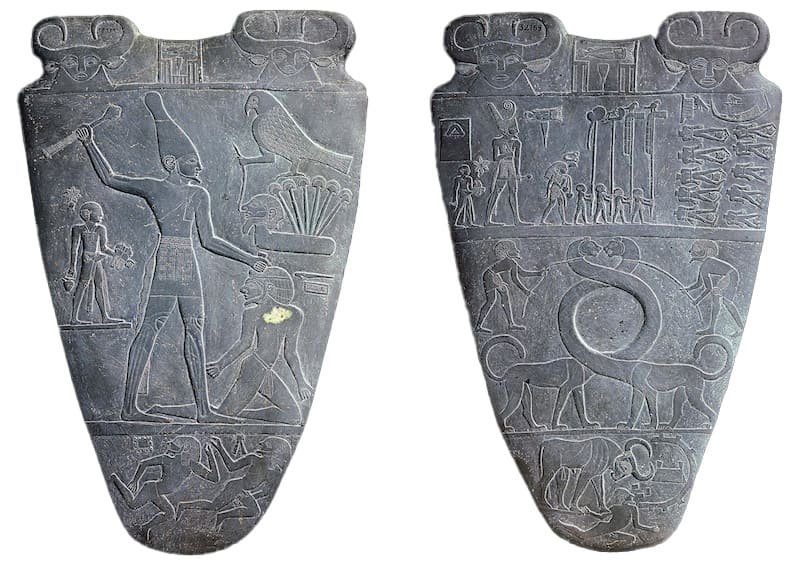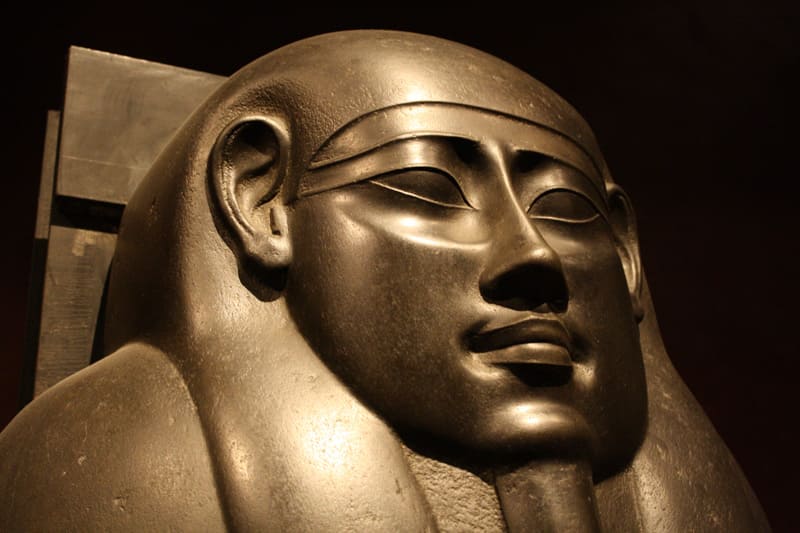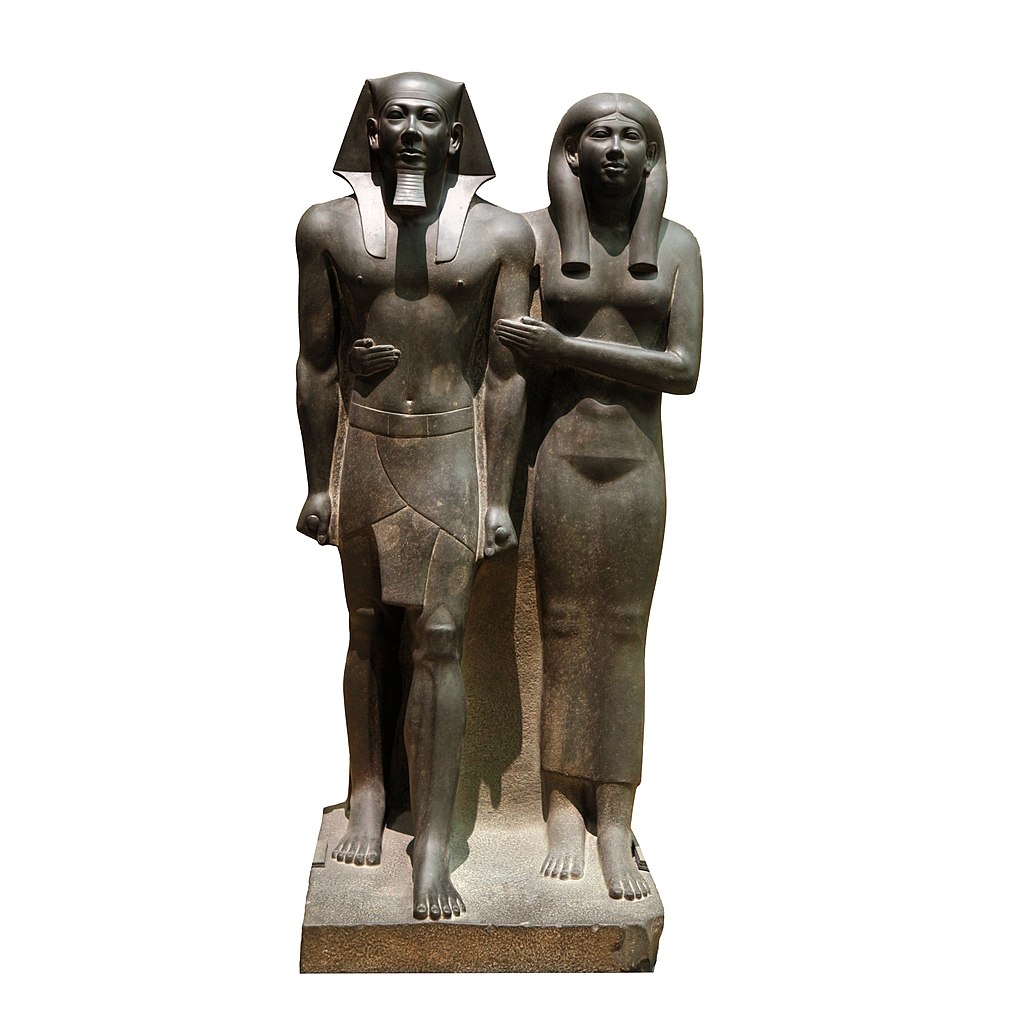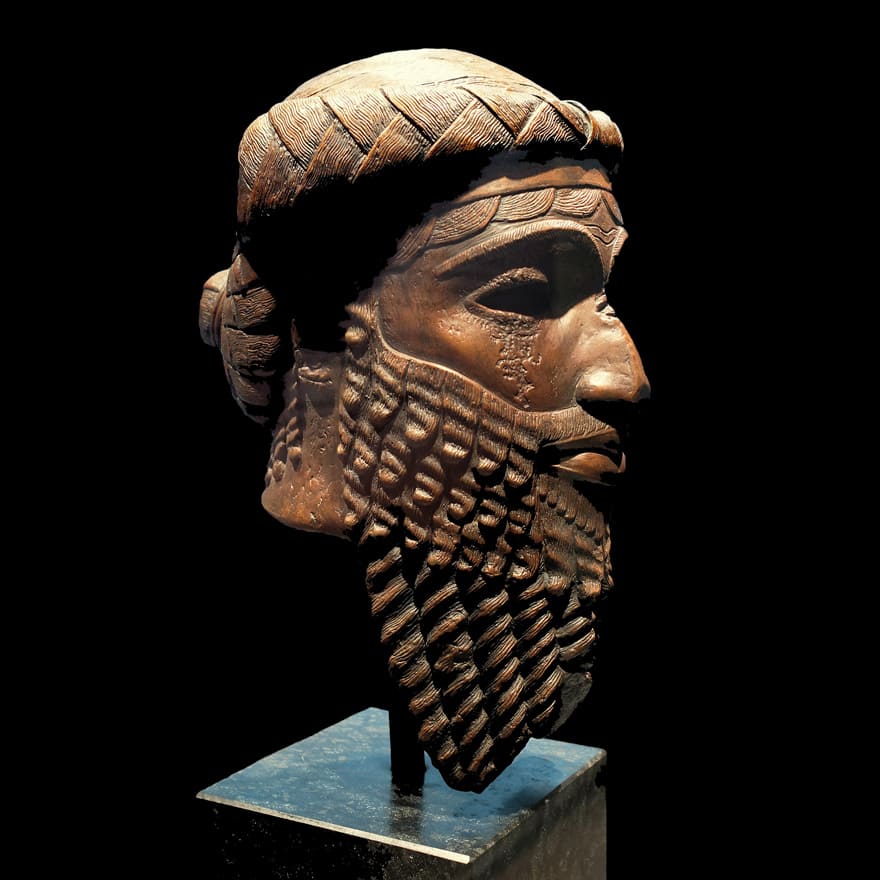8000 BC – 300 AD
The ancient Egyptians had their own very distinctive style of art and sculpture.
The ancient Egyptians believed deeply in re-incarnation. It has been described as a “death cult” where kings became gods following their demise. Even their loyal servants were promised immortality for their loyal service. Small clay figures would be buried with the dead to continue in the afterlife.
Their creation of sculpture developed with their cultural and religious beliefs. The rituals that ensued their death appear to be progressed and refined over time also. It saw pharaohs and kings lives continued through sculpture to live as gods.
The human figure is the foundation for a vast majority of Egyptian statues. Any imperfection on the person was abandoned, and their tomb would keep them in a physically everlasting state. Careful attention was always given to the modelling of the face and hands. It shows incredible detail considering the tools and materials at their disposal.

The Egyptians, like many ancient cultures, told stories with pottery, reliefs, and palettes. Below shows the palette of Narma, carved in a crystalline rock called Schist.
A fascinating story with only hypothesised meaning. On the front, in a circular depression, two creatures with feline similarities and entwined necks, are held by subjects. Above, Narmer appears to be leading a celebration of victory over beheaded enemies. He wears the crown of Lower Egypt, the ‘Red Cobra Crown. On the back, Narmer again, only in this depiction he is wearing the crown of Upper Egypt, the ‘White Crown’. His arm is raised, smiting his fallen foe. This image is depicted thousands of times in Egyptian art, and may mark a pivotal moment in history. The importance of Narmer shown in his compatible size to others. He is shown as distinguished and strong. To his right, a hawk, known as Horus the god of Upper Egypt. Here he is shown holding a tether to the six heads of Papyrus, the symbol for Lower Egypt.
Each symbol, every element, and the detail of position denotes a certain meaning in Egyptian art. Thousands of hours have been spent on single pieces.
Often carved from front and side perspectives. A majority of free-standing sculptures still convey an impression from the original stone blocks they were carved. Statues were usually carved with symmetry of the body. Artists obeyed a seemingly strict convention that stretched thousands of years without change. Variations are usually only seen in larger architectural statues such as the Sphinx.

The well-known sculpture ‘King Menkure and Wife’ shows a ridged pose by the king, clenched fists, and straight arms. A clue into his character that shows strength and solemn in nature. Whilst his wife is more relaxed with her left arm stretched horizontally across her body. Her hand openly clasping the king’s arm, completing the display of attachment of the two. Both subjects are shown to have their left leg advanced further than the right. This is found to be very common in Egyptian sculpture, possibly to make then seem less rigid.
This sculpture was carved entirely from a single piece of slate. Slate is incredibly durable, able to retain detail for thousands of years. This has kept the king who reigned over 4000 years ago still living on through this medium, possibly for eternity.

Egyptians showed valuable techniques in drilling, carving and polishing of hard stone. These techniques allowed for great detail with only the use of basic copper tools.
Egyptian sculptures are generally found to be made from stone. Precious stones and quartz were used to create reflections in the eyes, providing life to the immortal replication of the subject. While some precious metals were used for caskets of the mummies of kings. Few wooden sculptures have lasted to this day, but no metal-based sculpture to be seen. It may be that any other sculpture was seized, or broken down over the thousands of years since creation. Yet, evidence has yet to be substantial enough to show otherwise.

The Egyptians were un-influenced by other cultures. This is mainly due to their geographic area. This allowed them a singular society. For an extended period of time, they were one society with very little domestic conflict. In comparison to the other regions surrounding it, their time allowed for a flourishing of un-interrupted culture. The use of hieroglyphs to tell stories which can be interpreted thousands of years later. This without an understanding of the language used at the time, shows an incredibly refined society to have that forethought. Many cultures are lost throughout history, the ancient Egyptians will be written about for thousands of years to come.



